Tanzania is one of Africa’s most captivating travel destinations, known for its stunning natural beauty, rich cultural heritage and world-renowned wildlife experiences. From the snow-capped peaks of Mount Kilimanjaro to the sun-drenched beaches of Zanzibar, Tanzania offers an unmatched diversity of landscapes and attractions that cater to all kinds of travellers. Here is a comprehensive guide on the facts about Tanzania as a tourist destination, offering essential information for travellers.
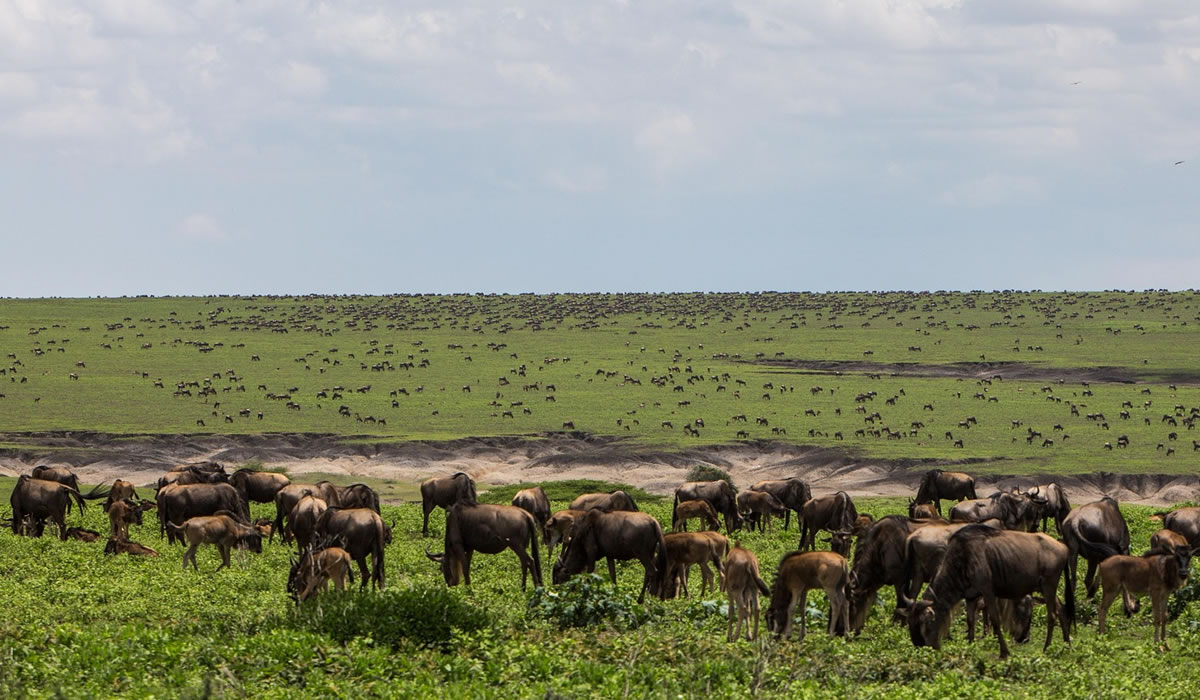
Geographical Location and Climate
Tanzania is located in East Africa, bordered by Kenya and Uganda to the north, Rwanda, Burundi and the Democratic Republic of the Congo to the west, and Zambia, Malawi and Mozambique to the south. Its eastern border runs along the Indian Ocean, giving it access to some of the most picturesque beaches in Africa. The country covers a vast area of approximately 945,000 square kilometers, making it one of the largest nations on the continent.
The climate in Tanzania varies depending on the region. Coastal areas and islands like Zanzibar experience a tropical climate with hot, humid conditions year-round, while the highland regions enjoy a cooler, temperate climate. There are two rainy seasons: the long rains from March to May, and the short rains from October to December. The best time to visit Tanzania is during the dry seasons, particularly from June to October and from January to February.
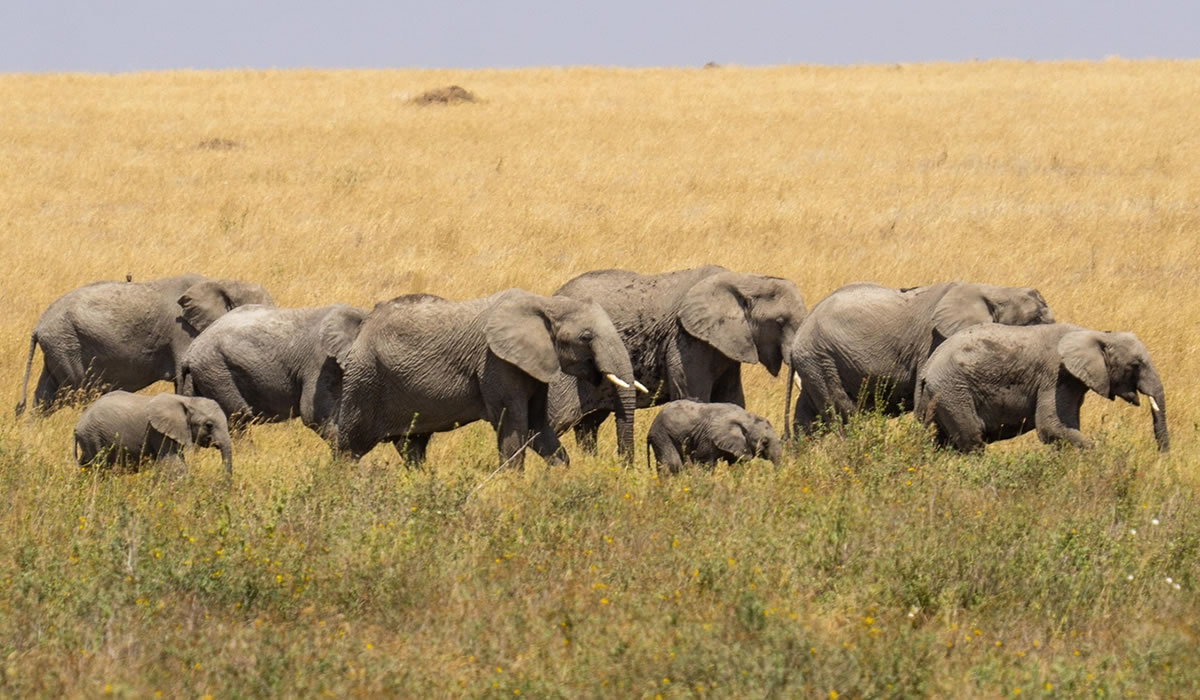
Top Tourist Attractions in Tanzania
Serengeti National Park
Serengeti National Park is arguably Tanzania’s most famous tourist destination and a UNESCO World Heritage Site. It is globally renowned for the Great Wildebeest Migration, during which over two million wildebeest, zebras and gazelles traverse the plains in search of greener pastures. The Serengeti is also home to the Big Five [lion, leopard, elephant, buffalo and rhinoceros], making it a top destination for safari enthusiasts. Game drives, balloon safaris and guided tours offer visitors incredible opportunities to witness wildlife in its natural habitat. Serengeti is probably the most popular among facts about Tanzania as a Tourist Destination.
Mount Kilimanjaro
Mount Kilimanjaro is Africa’s highest peak and one of the most iconic landmarks in Tanzania. Standing at 5,895 meters above sea level, this dormant volcano attracts thousands of climbers from around the world each year. The mountain is part of the Kilimanjaro National Park, another UNESCO World Heritage Site. Climbing Mount Kilimanjaro is not only a physical challenge but also a journey through different climate zones, from tropical forests to alpine deserts and glaciers. Trekkers can choose from several routes, each offering unique experiences and varying levels of difficulty.
Ngorongoro Crater
Ngorongoro Conservation Area features the world’s largest intact volcanic caldera, the Ngorongoro Crater. Often referred to as the “Eighth Wonder of the World,” this geological marvel supports a dense population of wildlife, including lions, elephants, flamingos and the endangered black rhino. The area is also home to the Maasai people, who continue to live in harmony with the surrounding ecosystem. A safari in the Ngorongoro Crater offers a high chance of seeing all the Big Five in a single day, making it a must-visit destination in Tanzania.
Zanzibar
For travelers seeking a tropical escape, Zanzibar offers pristine beaches, turquoise waters and rich cultural experiences. The main island, Unguja [commonly referred to as Zanzibar Island], is known for its historic Stone Town, a UNESCO World Heritage Site that reflects a blend of Arab, Persian, Indian and European influences. Visitors can explore spice plantations, relax on white sandy beaches or engage in water sports like snorkeling, scuba diving and kite surfing. Pemba and Mafia islands also offer quieter, more remote beach experiences with incredible marine biodiversity.
Lake Manyara National Park
Lake Manyara National Park is one of Tanzania’s smaller parks but offers unique attractions such as tree-climbing lions, a large population of flamingos and diverse birdlife. The park also features lush groundwater forests, open savannas and hot springs, making it a microcosm of Tanzania’s varied landscapes. It is a popular stop on the northern safari circuit, often combined with visits to the Serengeti and Ngorongoro Crater.
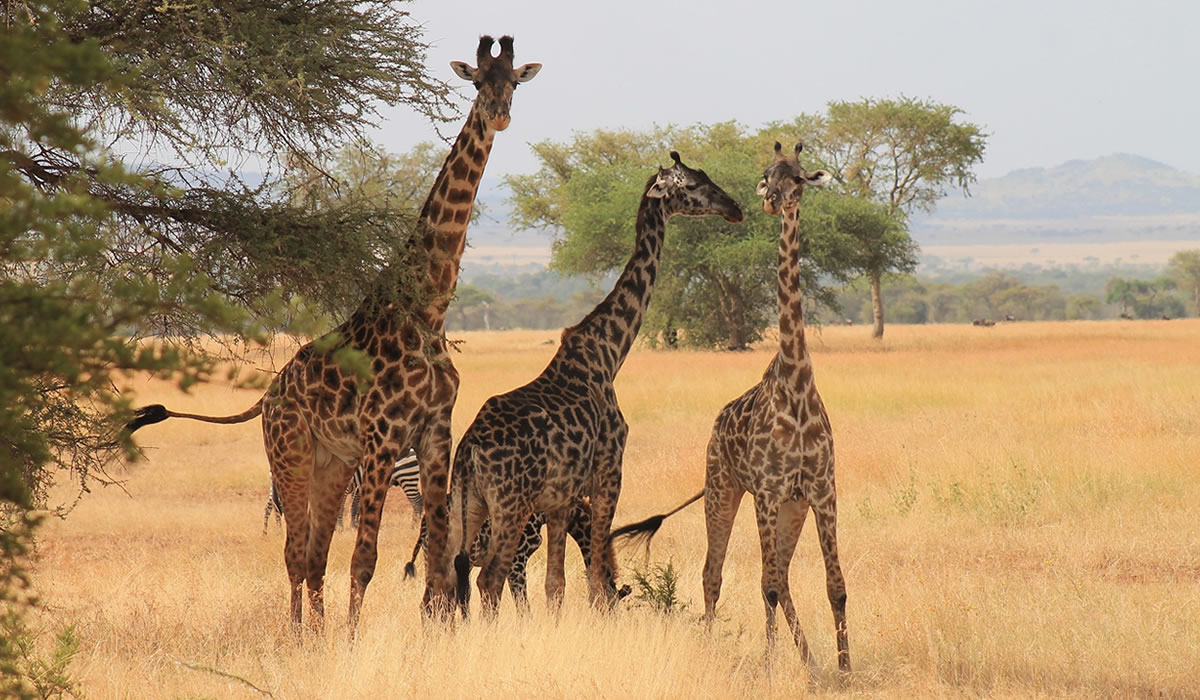
Cultural Tourism and Local Experiences
Tanzania is home to over 120 ethnic groups, each with its own unique traditions, languages and customs. This cultural diversity adds richness to the travel experience. Tourists can visit local villages, attend traditional music and dance performances or participate in community-based tourism projects. The Maasai, Chaga, Hadza and Sukuma are among the many communities that offer immersive cultural tours. Tanzania culture is one the major facts about Tanzania as a Tourist Destination.
In addition to ethnic diversity, Tanzania has a rich historical heritage influenced by Arab traders, European colonists and Indian merchants. Historic towns like Bagamoyo and Kilwa Kisiwani offer insights into the country’s past through colonial architecture, ancient ruins and museums.
Adventure and Eco-Tourism
Tanzania is a haven for adventure seekers and eco-tourists. Apart from climbing Mount Kilimanjaro, travelers can engage in activities such as hiking in the Usambara Mountains, kayaking in Lake Tanganyika or exploring the Udzungwa Mountains National Park, known for its waterfalls and endemic primates. Tanzania’s national parks and conservation areas are committed to sustainable tourism, ensuring that wildlife and habitats are protected for future generations.
Bird watching is another popular activity, with over 1,100 bird species recorded throughout the country. The wetlands of Rubondo Island, the floodplains of Selous Game Reserve and the shores of Lake Victoria are among the top birding destinations.
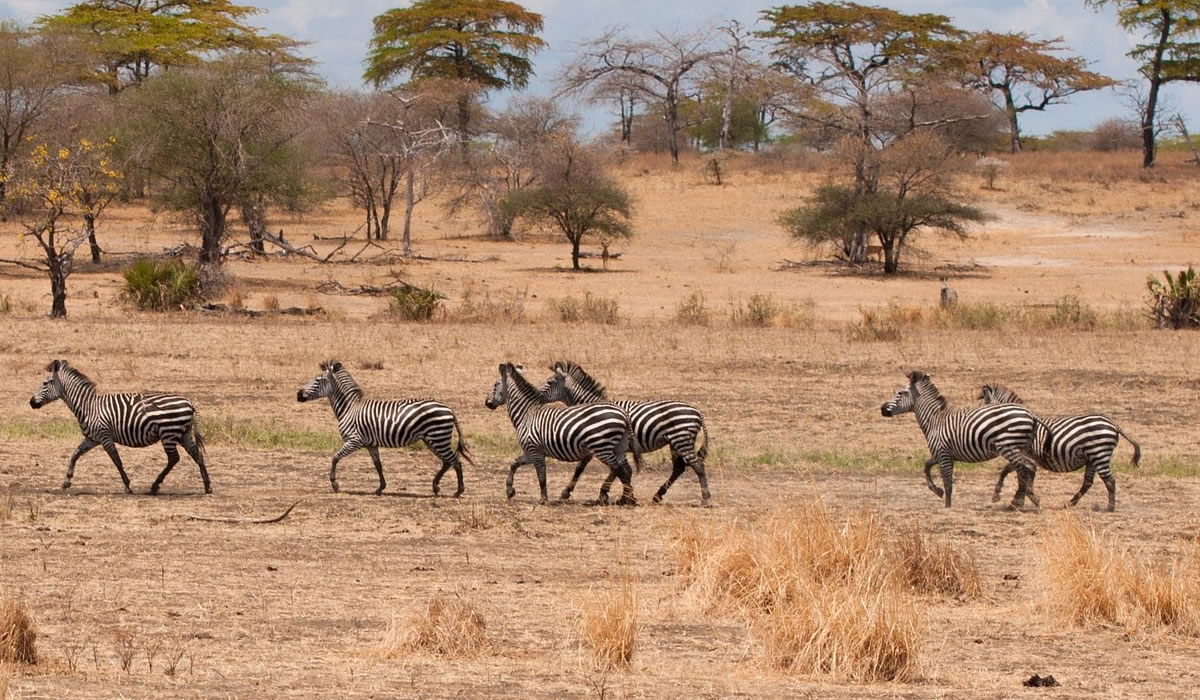
Where to Stay: Accommodation Options
Tanzania offers a wide range of accommodation options to suit different budgets and preferences. Luxury travelers can find high-end lodges, boutique hotels and beach resorts that offer premium services, private guides and exclusive access to safari zones. Budget travelers have access to guesthouses, hostels and campsites.
Many lodges and camps within national parks are eco-friendly, blending with the natural environment and employing local staff. Staying in tented camps or mobile safari camps provides a more authentic bush experience without compromising on comfort.
Getting Around Tanzania
Tanzania has several domestic airports that make it easy to travel between major destinations. The main international airports are Julius Nyerere International Airport in Dar es Salaam, Kilimanjaro International Airport near Arusha and Abeid Amani Karume International Airport in Zanzibar. Domestic airlines operate regular flights to key tourist areas, significantly reducing travel time.
For overland travel, tourists can hire private vehicles with drivers or join organized tours. Public transportation is available but may not be convenient or reliable for visitors unfamiliar with local routes. Roads in urban centers are paved, but some remote areas may require four-wheel-drive vehicles.
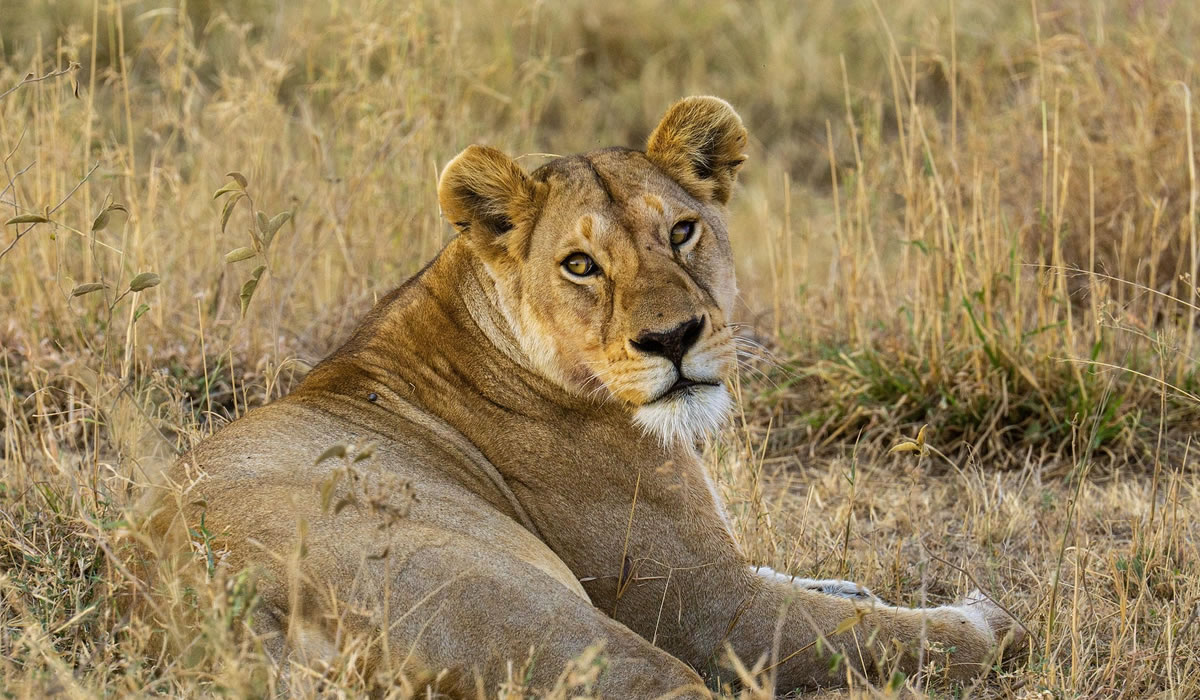
Safety and Travel Tips
Tanzania is generally safe for tourists, especially in popular travel areas. However, travellers should take standard precautions, such as avoiding isolated areas at night, safeguarding valuables and being aware of local customs. It is advisable to check travel advisories before visiting and to register with your embassy if required.
Health precautions include getting vaccinations for yellow fever, hepatitis A and B, and typhoid. Malaria prophylaxis is also recommended, particularly for those visiting lowland and coastal areas. Drinking bottled or purified water is advised to avoid waterborne illnesses.
Entry Requirements and Visas
Most travelers to Tanzania need a visa, which can be obtained on arrival at the airport or applied for online via the Tanzanian e-visa system. A valid passport with at least six months of validity is required. It’s recommended to check visa requirements based on your nationality well in advance of travel.
Best Time to Visit Tanzania
The best time to visit Tanzania depends on your preferred activities. The dry season [June to October] is ideal for wildlife viewing, as animals congregate around water sources and vegetation is sparse, improving visibility. This period is also perfect for climbing Mount Kilimanjaro and exploring the national parks.
For those interested in witnessing the Great Migration in the Serengeti, timing is key. The migration typically occurs from June to August [river crossings in the north] and from December to March [calving season in the south]. Zanzibar is a year-round destination, but the dry months offer the best beach conditions.
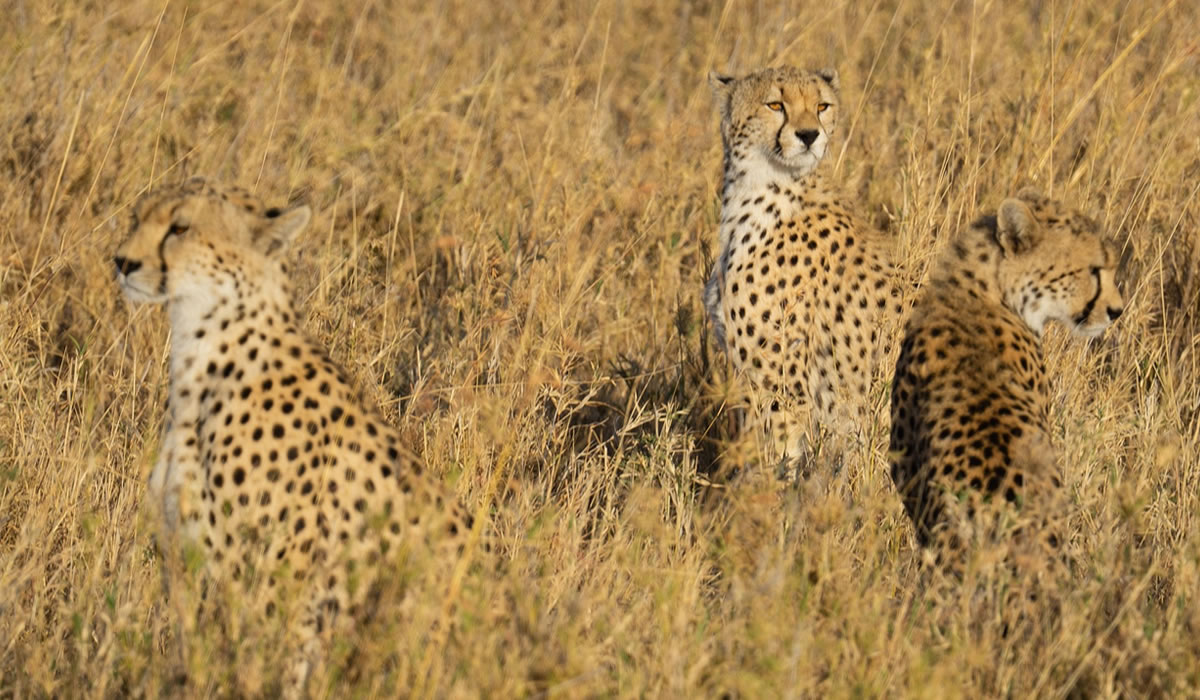
Responsible and Sustainable Tourism
Tanzania has made significant strides in promoting sustainable tourism. Many tour operators and lodges practice eco-tourism principles, including reducing waste, using renewable energy and supporting local communities. Tourists are encouraged to minimize their environmental impact, respect wildlife and engage in ethical travel practices.
Participating in community-based tourism not only enriches the visitor experience but also helps generate income for local people and fund conservation efforts. Travellers can support artisans by purchasing locally made crafts and souvenirs.
Tanzania is a top-tier tourist destination in Africa, offering an extraordinary mix of wildlife, adventure, cultural immersion and coastal relaxation. Whether you’re trekking the slopes of Mount Kilimanjaro, marveling at the Great Migration in the Serengeti or lounging on the beaches of Zanzibar, Tanzania promises an unforgettable journey.
By embracing both adventure and sustainability, Tanzania continues to attract travelers from around the globe. With world-class attractions, welcoming locals and breathtaking scenery, it is easy to see why Tanzania is considered one of the best places to visit in Africa. Contact us for more facts about Tanzania as a Tourist Destination.

